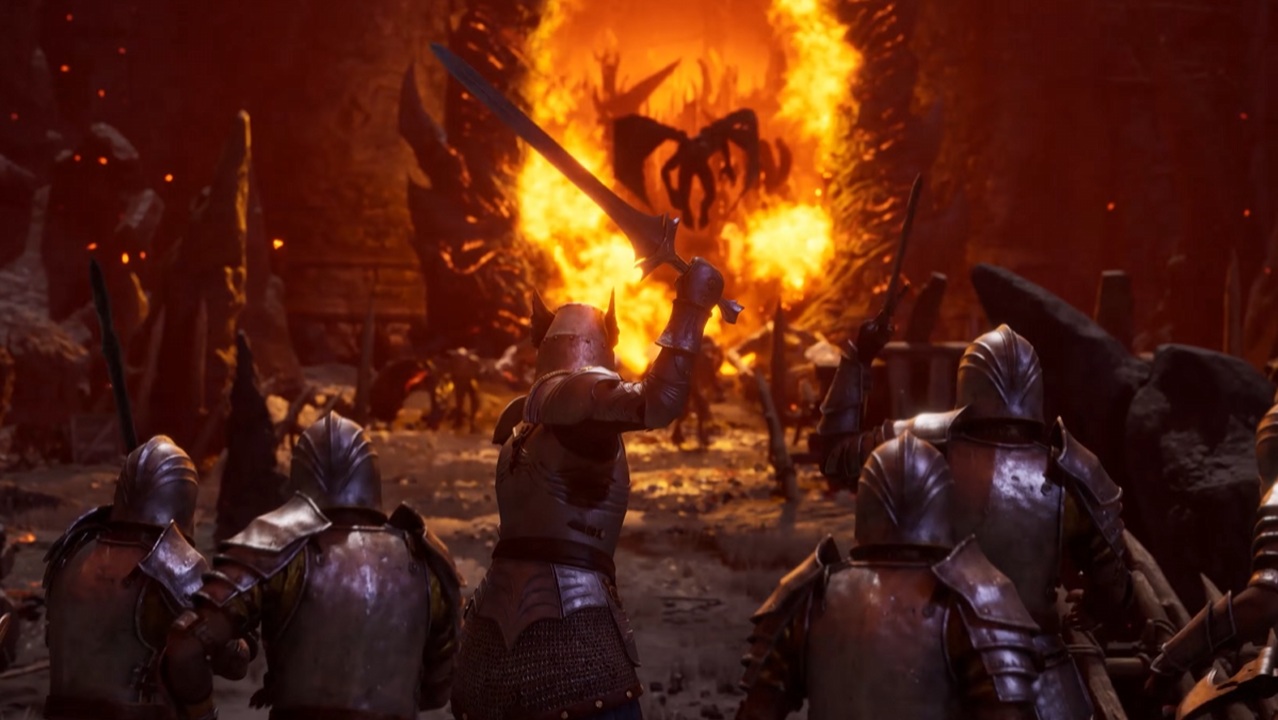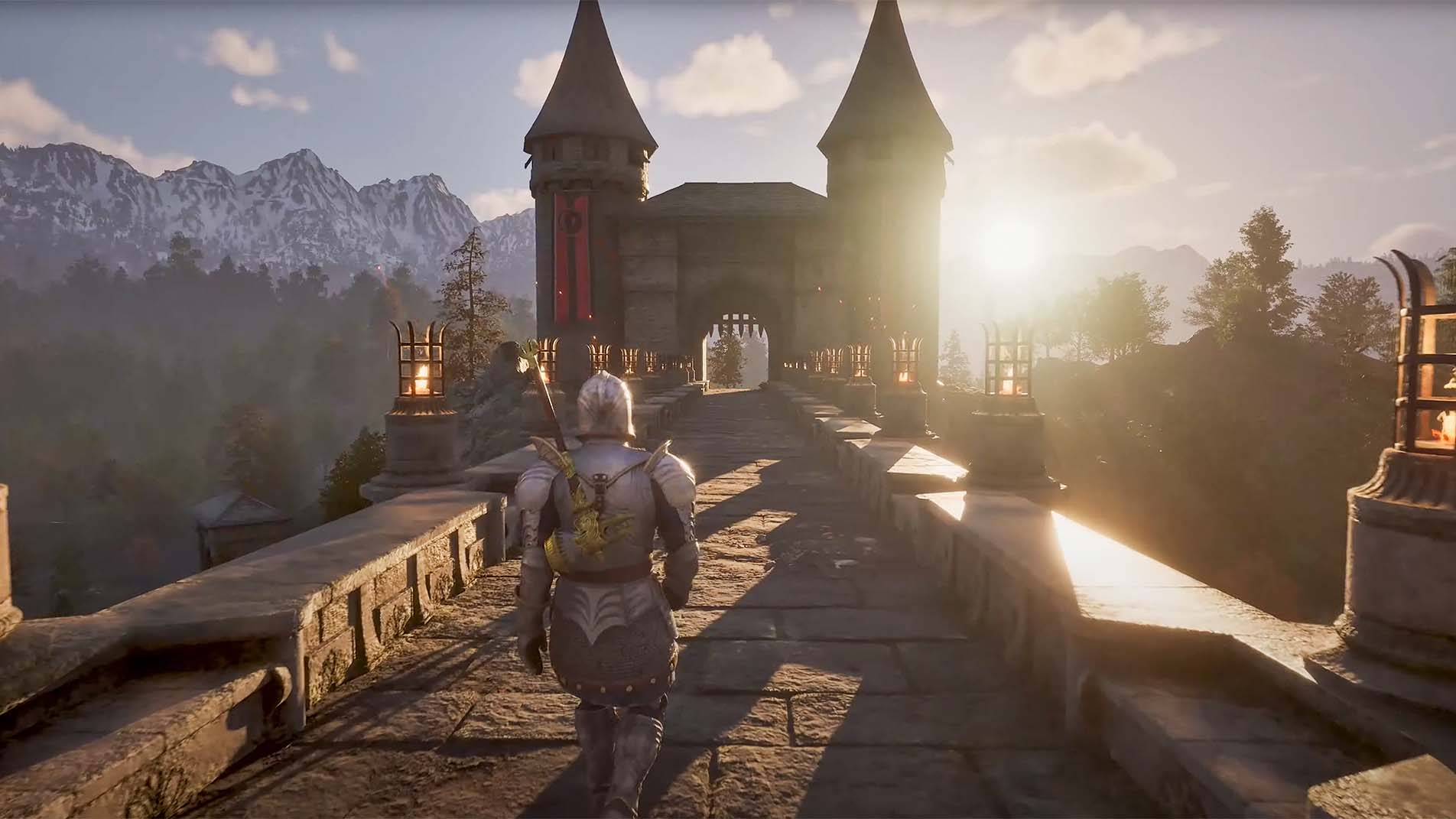
2006 was a monumental year for video games with the release of The Elder Scrolls IV: Oblivion, with an impact on the future of role-playing games that's still felt today.
On Apr. 22, 2025, Bethesda Softworks and Xbox fired an Oblivion-sized bomb at the industry by shadow dropping The Elder Scrolls IV: Oblivion Remastered, a total overhaul for the classic RPG with updated visuals, countless quality-of-life and gameplay improvements, and much more.
It's available right now, too, across Xbox Series X|S, Windows PC, PlayStation 5, Xbox and PC Game Pass, and Xbox Cloud Gaming.
Yes, that also includes our favorite gaming handhelds like Steam Deck and ASUS ROG Ally, but can you actually play The Elder Scrolls 4: Oblivion Remastered on these portable devices, and how is the experience?
Here's what you need to know.
Can I play The Elder Scrolls IV: Oblivion Remastered on gaming handhelds?
Best answer: Yes, The Elder Scrolls 4: Oblivion Remastered runs on gaming handhelds, with full controller support and a variety of graphical settings to tailor the game to your needs. Oblivion Remastered is also fully Steam Deck Verified, with Steam Deck iconography, legible text, and reliable performance.
On my ASUS ROG Ally X, I was able to hit 40-60 FPS at FHD with Oblivion Remastered. While the framerate did fluctuate quite a bit depending on what I was doing, it always felt smooth and responsive. That was without relying on AMD's Frame Generation technology, too.
The Steam Deck obviously performs worse, but it's still reasonable to get a stable 30 FPS, with some dips in busier or more open environments.
What are the best gaming handheld settings for Oblivion Remastered?

It'd be nice if The Elder Scrolls IV: Oblivion Remastered offered a one-press "handheld" mode to make things easier, but that's not the case. Fortunately, it's pretty straightforward to get this game up and running on your handheld!
Here are the best settings we've found for getting the best gameplay experience with Oblivion Remastered on gaming handhelds like the Steam Deck and ASUS ROG Ally X.
- Native resolution: Fullscreen, 1080p (800p on Steam Deck)
- Graphics preset: Low
- V-sync: Enabled, 60-120Hz (30Hz on Steam Deck)
- AMD FidelityFX Super Resolution: Enabled, set to "Balanced" mode
- AMD FidelityFX Frame Generation: Disabled
These settings will let you hit a stable 30+ frames-per-second on any of the mainstream gaming handhelds without needing to turn absolutely everything down to the minimum.
If you want to squeeze more frames out of your handheld, you can lower the native resolution to 720p, increase the resolution upscaling by setting AMD FSR to "Performance" mode, and toggle AMD's Frame Generation technology to articially increase the framerate using artificial intelligence (in that order).
All of this will obviously decrease your visual quality and increase latency with the controls, but as a relatively slow-paced fantasy RPG your experience should be fine.
Also bear in mind that you still want to hit over 30 FPS for Frame Generation to be worthwhile — if the game is simply running poorly, Frame Generation won't magically make it feel smooth. Frame Generation doesn't really help on Steam Deck, for example.
How does Oblivion Remastered play on gaming handhelds?

Honestly, I'm pleasantly surprised by this game's performance on handhelds. If you simply looked at The Elder Scrolls 4: Oblivion Remastered PC system requirements, you'd be forgiven for believing the game wouldn't run well at all on portable hardware, but that's not the case.
Using the above settings, I was able to hit an average of 50 FPS on my ASUS ROG Ally X, with the framerate sliding between ~40-60 FPS during gameplay. I had a single dip below 40 FPS (down to 34 FPS) during a conversation, which is also the only time I saw any noticeable stutters or dropped frames.
Generally, gameplay felt beautifully smooth and responsive, and I felt no need to rely on Frame Generation to increase the framerate. Simply lowering the native resolution and increasing the resolution upscaling is enough to hit 60 FPS more consistently.
The ROG Ally X is obviously one of the more powerful gaming handhelds, but it's easy to hit a stable and smooth 30 FPS even on the Steam Deck (with some dips below that threshold), and most other handhelds will fall somewhere in the middle.
Visually, Oblivion Remastered does take a big hit on handhelds, but it's still a sizeable upgrade over the original release. I thought the game looked quite good, especially played on a smaller display. Docking your handheld will make the downgrades more obvious.
If your gaming handheld is a companion to your Xbox, The Elder Scrolls IV: Oblivion Remastered does support Xbox Play Anywhere, so it's a single purchase to play on Xbox and Windows PC through the Microsoft Store, with cloud saves to carry your progression between devices.
Unfortunately, the Steam version of Oblivion Remastered does not support cross-platform progression.







